This post may contain affiliate links which means we may get a commission if you make a purchase at no additional cost to you. As an Amazon Associate we earn from qualifying purchases. Please read our disclosure for details.
"Each product we feature has been independently selected and reviewed by our editorial team. If you make a purchase using the links included, we may earn a commission."
An African safari is one of those experiences that you will want to replay in your mind. Whether you want to capture a leopard devouring its prey on a high tree branch, or a baby elephant happily roaming amongst the giant parents, you need the best camera for safari and wildlife. While it is quite straightforward to capture landscape views even on the phone, your camera has to have more advanced features for the optimum safari experience.
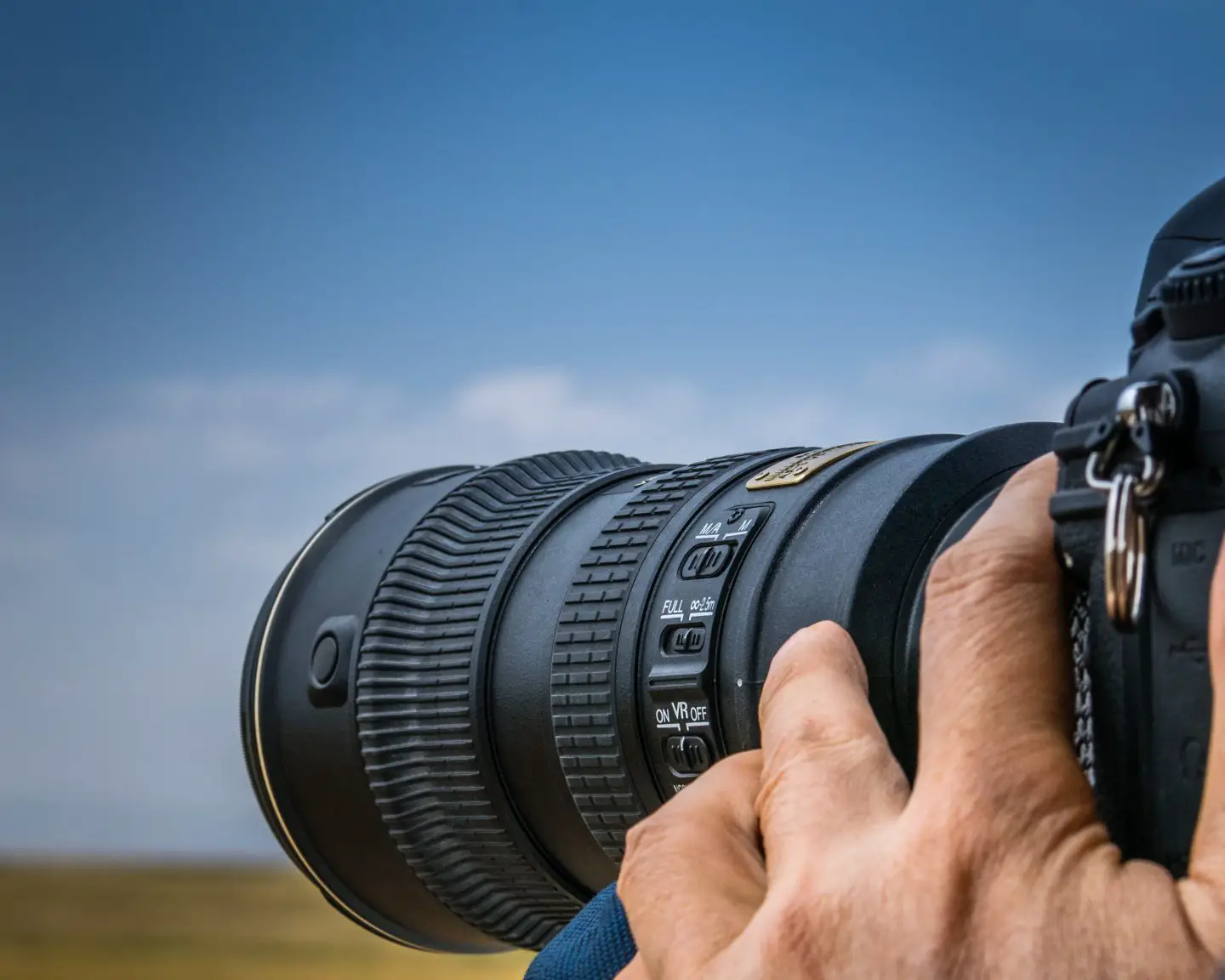
You might not know where to begin your research before purchasing an advanced safari camera. Don’t worry, that’s what we are here for.
The Types of Camera Suitable for Wildlife Photography
Depending on the type of safari you will embark, and – obviously – your budget, there are different options to choose from. Here, your main goal should be to capture photos that will retain the quality on a large screen without any pixelations. So, here are five different types of safari cameras to consider.
DSLR Camera
General Description
A digital SLR camera is perhaps the heaviest option among the five, yet it comes with rewarding photos. SLR stands for Single Lens Reflex, which is a mirror integrated inside the camera lens. Unlike some other types of digital cameras, you can look through the viewfinder and see your target view with your own eyes.

A digital SLR has two main parts – the main camera body, and a set of interchangeable lenses. While some brands require you to purchase the two parts separately, other brands sell a camera kit that includes both.
Pros
The biggest charm of a digital SLR comes from the high shutter speeds of up to 10 frames per second. It becomes a huge advantage when you want to capture things that are moving fast, such as birds, or predators chasing their prey.
Digital SLR cameras exhibit excellent performance in low light, which makes them ideal for early morning and evening safaris.
The set of interchangeable lenses provide flexibility for different landscapes, providing a range of focus.
Cons
As we mentioned earlier, DSLR cameras are quite heavy, so it can get uncomfortable if you need to move around regularly.
Not only is the camera body expensive, but buying separate lenses can also be costly.
Having so many lens options can be overwhelming.
Price Range
The camera body prices range from 500 to 900 USD. The lenses have the same price range, but the price increases with the zoom factor. A 300 mm lens starts from 500 USD, while a 400 mm lens can cost up to 800 USD. Overall, you need to make peace with spending between 1000-1800 USD for an entire kit of DSLR.
Top Brands
Canon, Sony, Nikon
- This Camera Bundle Kit comes complete with all manufacturer supplied accessories and includes:
- The EOS Rebel T7 DSLR Camera from Canon has a 24.1MP APS-C CMOS Sensor and DIGIC 4+ Image Processor. It has a 3.0" 920k-Dot LCD...
- Canon 18-55mm II Lens - a standard zoom compatible with Canon APS-C format cameras. It features a focal length range of 18-55mm...
- 2 x SanDisk 32GB SDHC Memory Cards + Deluxe Padded Camera Case + Flash Light + 3pc Filter Kit + Extra Battery Pack + AC/DC Car &...
- 0.43x Auxiliary Wideangle Lens - it conveniently mounts to the front of your fixed or zoom lens, and allows you to capture a wider...
Last update on 2024-04-04 at 10:30 / Affiliate links / Images from Amazon Product Advertising API
Point And Shoot Cameras
General Description
Unlike a DSLR, these cameras are so small that they can fit into your pocket. They are also much more affordable. The question is, do they have a compromised quality?
The zoom power of a point and shoot camera is one of the most important criteria that you should evaluate. Your goal is to have as much optical zoom as possible to maintain the photo quality. The cheapest cameras will have 6X optical zoom, while most mid-range cameras will offer between 10-12 X. There are a few models with 20 X optical zoom. One common mistake many people make is to judge the performance by the digital zoom, which causes pixelation when you enlarge the photos. So, a high digital zoom power does not mean good photo quality.
This article will give you a better idea about the difference between digital zoom and optical zoom.
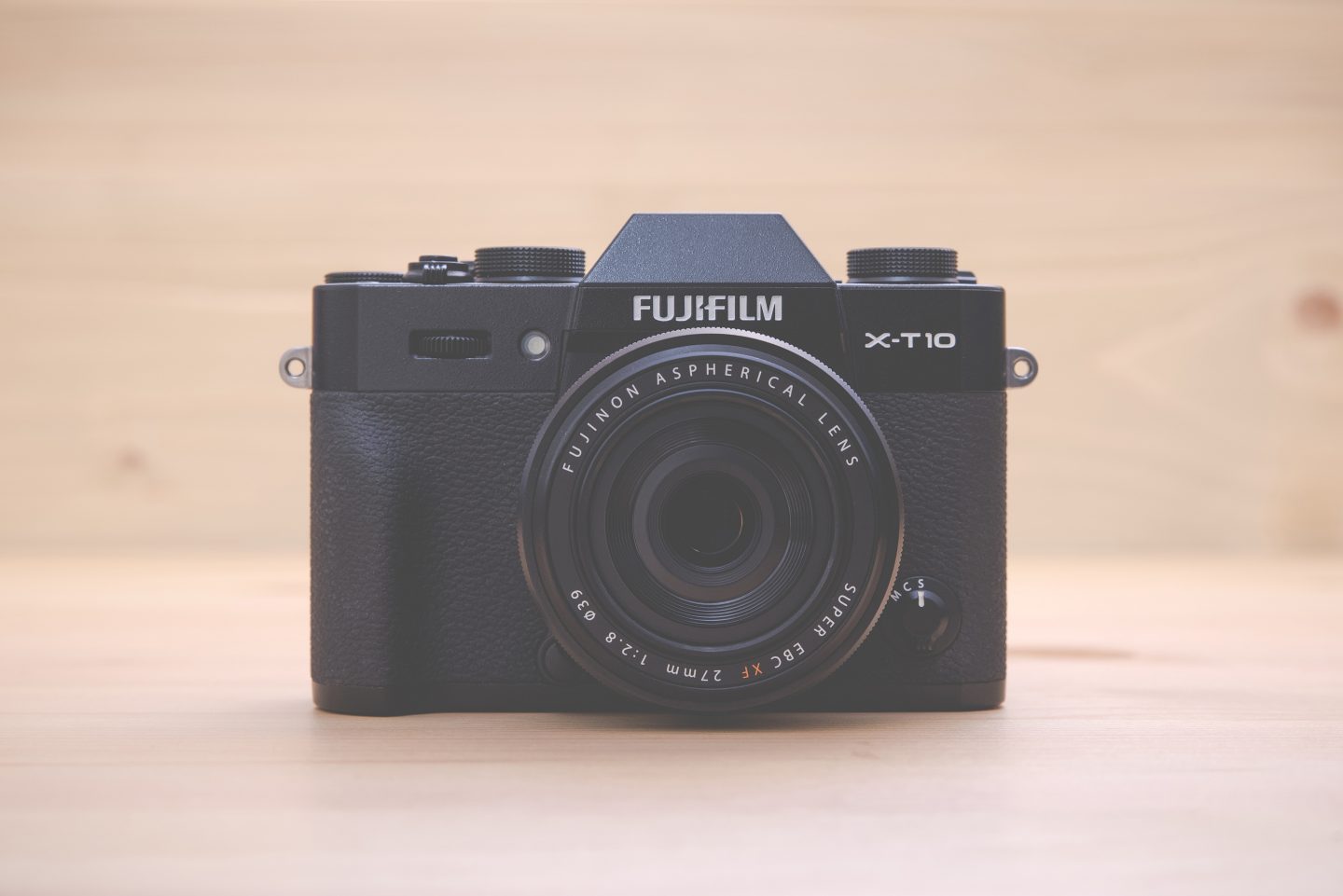
Pros
A point-and-shoot camera is ideal for landscape photography. If you are at a hide or deck that overlooks a big field, you can take decent photos of the overall field while possibly capturing great details of the big animals.
They are small, portable, and very easy to use.
They are affordable
Cons
The lack of telephoto zoom feature and the low optical zoom can make it difficult for you to capture animals in the distance.
These cameras usually come with a delayed shutter, so you have to hold still for a few seconds after you take the photo. Otherwise, the end result will be blurry.
They perform poorly in low light because of the delayed shutter.
Price Range
A pocket-size digital camera can cost anything from 100 to 500 USD depending on the zoom power.
- 30x Optical/60x Clear Image Zoom ZEISS Vario-Sonnar T* Lens, 18.2MP Exmor R CMOS Sensor for superb low light images, Built-in...
- Versatile video w/ high-quality XAVC S, AVCHD & MP4 formats, Simple connectivity to smartphones via Wi-Fi w/NFC, 5-axis image...
- Selfie-ready 3" Extra Fine LCD multi-angle display, P/A/S/M modes, customizable settings and Memory Recall mode, Enhance features...
- Focus Range Wide: 1.97" (5 cm) - Infinity Telephoto: 8.20' (2.5 m) - Infinity.Adjustable Angle Up by approx. 180 degrees. F-number...
- In-The-Box: Rechargeable Battery Pack NP-BX1; AC AdaptorAC-UUD12; Micro USB cable; Wrist Strap; Instruction Manual
Last update on 2024-04-04 at 10:30 / Affiliate links / Images from Amazon Product Advertising API
Mirrorless Cameras
General Description
We can describe mirrorless cameras as the love child of DSLR and pocket cameras. Just like DSLRs, they consist of a camera body and an interchangeable lens. The difference from DSLR is the pocket-size camera body, which makes it less heavy. Yet, the body has enough space for the attachment of a large lens. They are often called mirrorless digital 4/3 cameras to refer to the size ratio between the lens and the body.
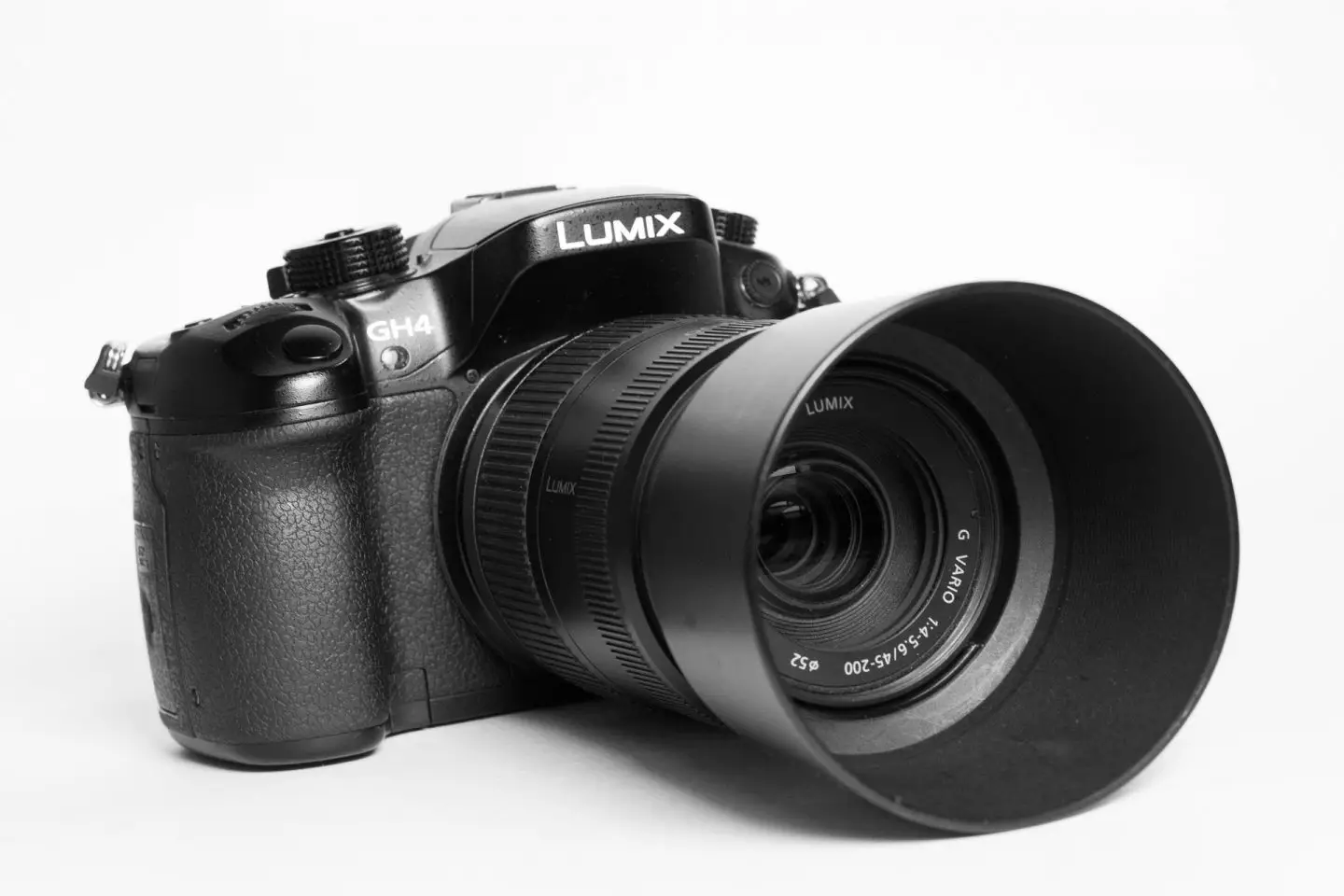
Pros
Compared to the point and shoot cameras, mirrorless cameras provide much higher quality thanks to their improved sensors and higher resolution.
The rapid shutter makes it super-easy to capture fast-moving animals.
They are smaller than DSLRs
Cons
The lens is fragile and more vulnerable to damage.
They are just as expensive as DSLRs. Although many mirrorless camera kits contain lenses, they will have low zoom power, meaning that you would pay extra to buy a better lens.
Price Range
If you are not worried about getting a decent lens, you might purchase a general kit for as cheap as 500 USD. However, you might end up spending up to 1200 USD if the default lens in the kit does not satisfy you.
Brands
Sony, Canon eos, Nikon, Olympus. I personally have the Canon EOS R.
- Compact, Lightweight and High-Quality RF Lens with a Versatile Zoom Range of 24-105 millimeter
- Optical Image Stabilization at up to 5 stops of shake correction
- Maximum Magnification of 0.4x and Minimum Focusing Distance of 0.66 feet in Auto Focus.
- Maximum Magnification of 0.5x and Minimum Focusing Distance of 0.43 ft. when using Center Focus Macro.
- Use the EOS Utility Webcam Beta Software (Mac and Windows) to turn your Canon camera into a high-quality webcam, or do the same...
Last update on 2024-04-04 at 10:30 / Affiliate links / Images from Amazon Product Advertising API
Super-Zoom Digital Cameras
General Description
The biggest challenge in wildlife photography is to take sharp close-up photos of animals without getting close to them. A lot of digital cameras have a drawback of limited optical zoom. However; a recent type of camera called a superzoom digital camera overcomes this issue perfectly. Their strength comes from their exceptional optical zoom power from 30X to even 50X. With such an enhanced zoom-in technology, your camera can capture every detail of animals in far distances.
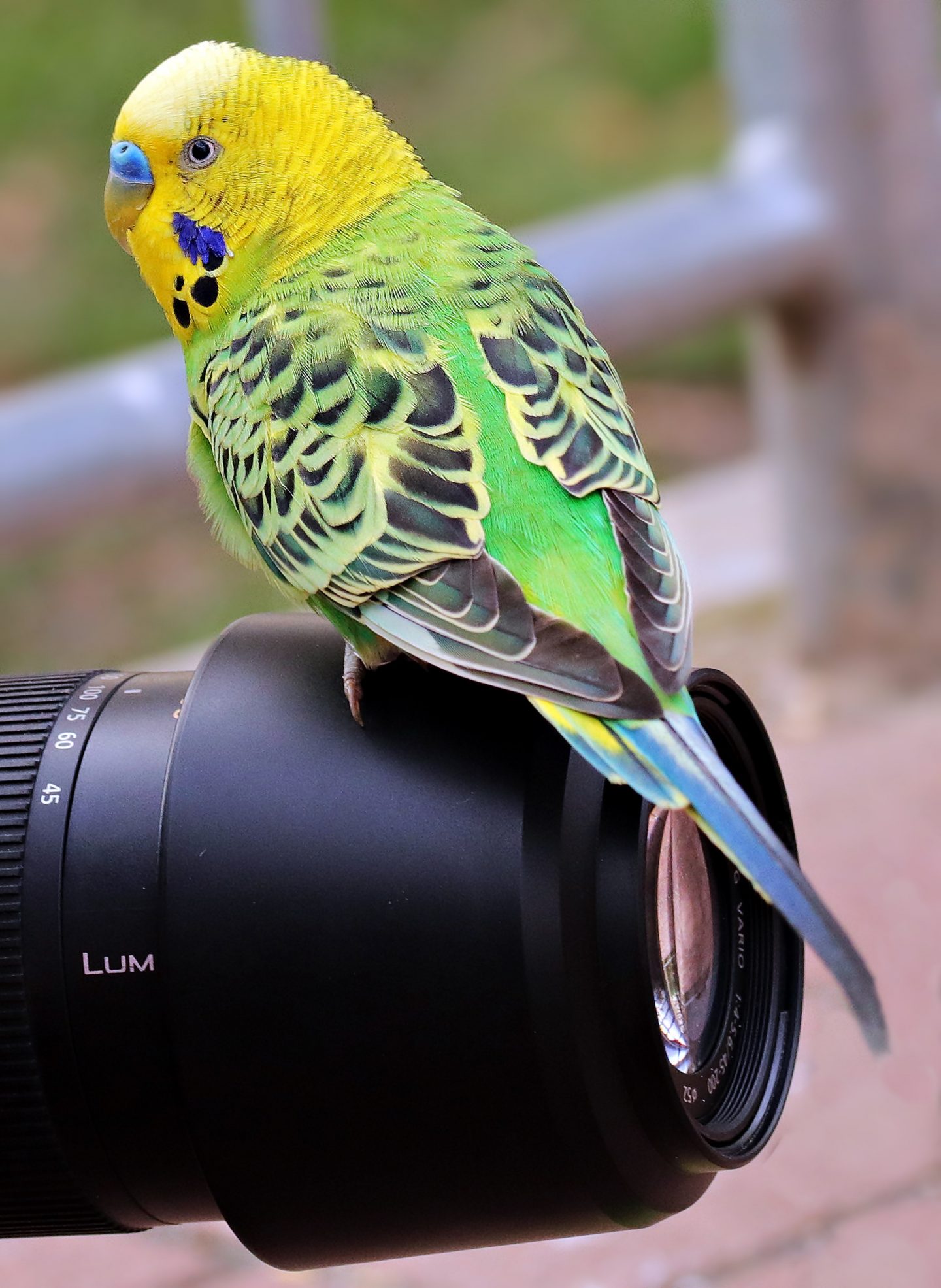
Pros
They have outstanding zoom power.
The simple design, settings, and interface make them user-friendly.
Their built-in flash brings a better quality to night shots.
They are not as small as pocket cameras, but they are still portable. You can easily carry them in your handbag.
They are surprisingly affordable. We would even say they have the best value/cost ratio of the types of safari cameras.
Cons
They have a delayed shutter lag, which might make it challenging to take photos of fast-moving objects.
Price Range
You can find a super-zoom camera for as cheap as 300-400 USD. It comes with a lens that is not interchangeable, so you don’t have to pay extra for a lens.
- 3000 millimeter optical zoom-the most powerful zoom lens; Ever put on a Nikon Coolpix camera
- 4k ultra hd video with HDMI out, stereo sound and an accessory hot shoe
- Rock steady dual detect image stabilization and great low light capability. Vibration reduction: Lens shift VR (still pictures) /...
- Raw (NRW), time lapse and super lapse shooting plus great creative modes
- Full manual controls along with easy auto shooting
Last update on 2024-04-04 at 10:30 / Affiliate links / Images from Amazon Product Advertising API
Essential Camera Accessories
So you have the perfect camera for safari, but that’s not the end of the story. You still need the correct gear that will make your use of the camera a pleasant experience. Here are some essential items:
An external hard drive for storing photos
A special towel to clean the dirt and the dust off your camera
A filter is necessary to optimize the color contrast. They also protect the lens.
If you are struggling to take sharp photos because of shaky hands, stable support like a tripod could help you a lot.
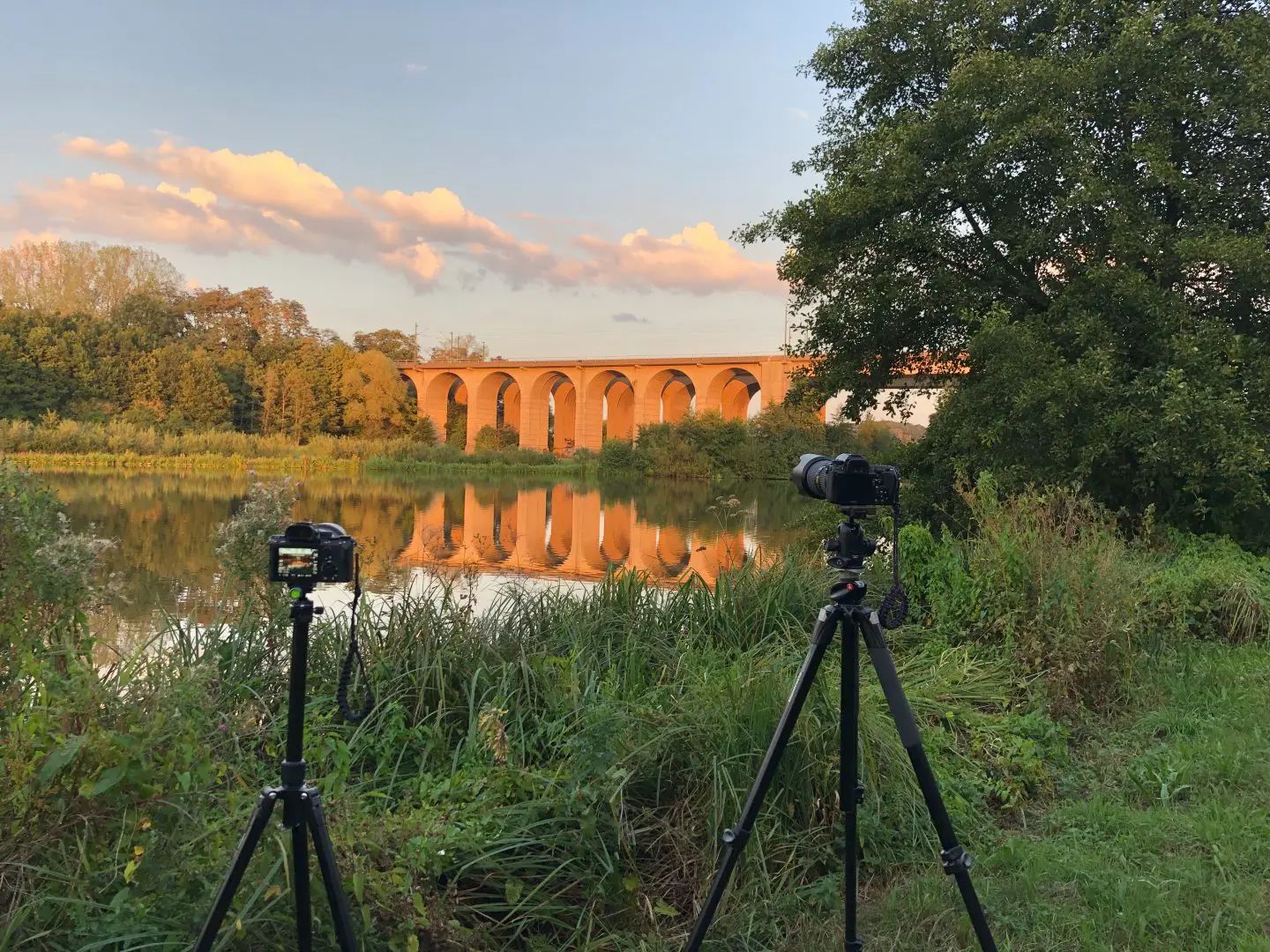
Night shots are always challenging, even with the best camera. Bringing a spotlight with you will increase the lighting of your frame.
For power, you should bring spare batteries and adapters. Also, you should make sure that your adapter has an inverter cable for charging in the car. It is especially necessary if your campsite does not have electricity.
A waterproof ziplock or camera bag can come in handy during boat safaris, where you might get splashed.
- Camera Accessories Kit includes: Altura Photo 2oz All Natural Camera Lens & Sensor Cleaner + Lens Cleaning Pen + Lens Brush + Air...
- Altura Photo All Natural Camera Lens & Sensor Cleaner is Alcohol FREE, Non-toxic and naturally biodegrades.
- Made in USA: Specially formulated for Multi-Coated lenses and safe for use on all sensitive optical surfaces including LCD...
- Extremely fine MagicFiber Microfiber leaves zero scratches, streaks or marks. Safe for all lenses.
- SATISFACTION GUARANTEED: Backed by Our 90-Day Satisfaction Guarantee.
Last update on 2024-04-04 at 10:30 / Affiliate links / Images from Amazon Product Advertising API
Tips For Buying A Safari Camera
Regardless of the type of camera that you decide to buy, there are some simple tricks that you need to consider.
If you are buying a professional digital camera for the first time, you need a substantial amount of practice to become an expert in it. That’s why you should buy your camera well in-advance so that you have enough time to practice.
It may be difficult to afford, but it would be amazing if you were able to bring multiple cameras with you on a trip. Then, you can take out a different camera for a different occasion, whether you are in a moving vehicle or trying to photograph something on the horizon.
Conclusion: Safari Camera
They say the human mind is the best camera in the world, but that may not be the case in a safari. If you want to immortalize your encounters with animals, you need a camera with high resolution, optic zoom power, and minimum shutter delay. We hope that our recommendations will help you make the right choice.
FAQ about the Best Safari Camera
You can take decent photos with your smartphone during the day, which you can instantly send to your friends or upload elsewhere. However, they may not perform as good in low light. The shutter speed is usually slow, so image stabilization will be a challenge.
It offers excellent image quality even under low light, but it is a bit heavy to carry around.
It works well with close to moderate animal encounters and landscape photos.
You can not only take superb images but also video footage with a GoPro. It gives you more flexibility if you are constantly on the move, as you don’t have to look through the lens all the time.





